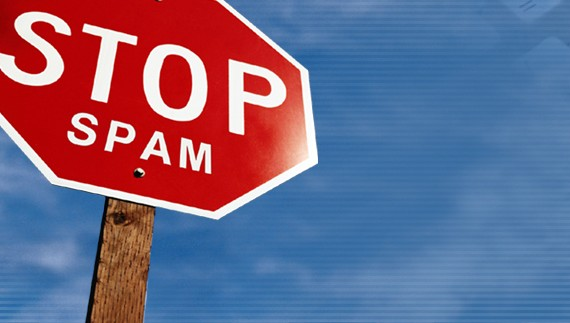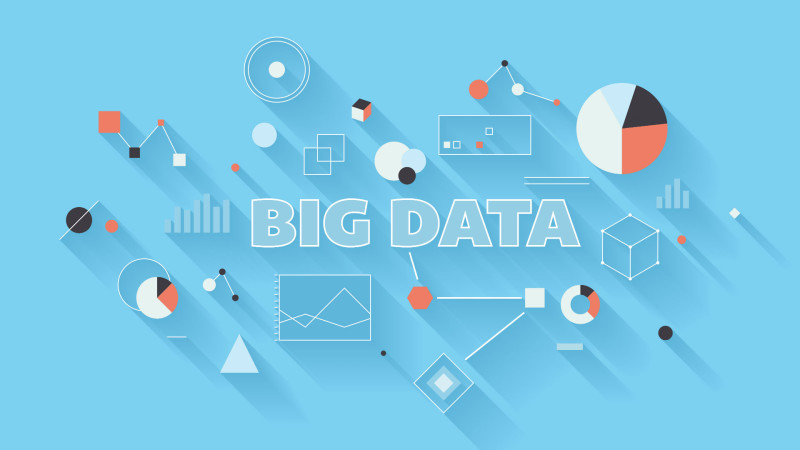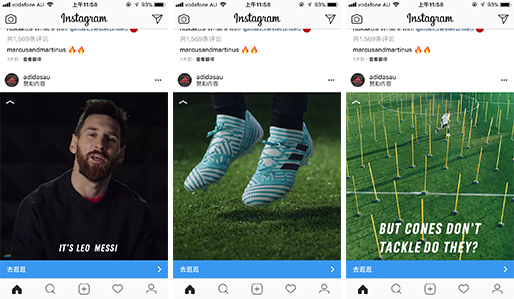Spam originated in the United States in the 1990s. According to SECURELIST (2014), global spam accounted for 73.3% of all mail in December 2013, and China ranked highest in spam sources (23.1%), followed by United States (19%) and South Korea ranks third (13.9%). These three countries account for 56% of the total spam in the world. A large amount of spam is used to spread advertisements, phishing attacks, pornographic information network rumors, cyber fraud, and computer viruses. It not only consumes a lot of storage space and other network sources, affects normal network transmission, and even directly threatens user rights, public safety, cyber security, and national security, which have caused a huge impact on the order of cyberspace virtual society.

On the other hand, spam also brings huge economic losses to e-mail users. According to SPAMFIGHTER (2009), spam will result in the global expenditure of $130 Billion in 2009, with $42 Billion in the United States alone. E-mail as an important resource for corporate business operations will be maximized in the era of big data. Without the establishment and perfection of a corresponding system to regulate, spam will become even more rampant. For the increasingly serious problem of spam, scientific and technological means is one of its main solutions. Every country is seeking to reject spam through technology.
In the world, it has become a trend to curb the proliferation of spam through legal regulations. According to Verticalresponse (2017), the United States, the European Union, Japan, South Korea, and Australia have all established specific regulations for spam.
Therefore, exploring the legal basis of legislation on spam, clarifying the rights and interests of the recipients and senders involved in the regulation of spam, and exploring the legal mechanisms for balancing the interests of both parties have positive theoretical and practical significance to promote sound interaction between science and technology and economy.









